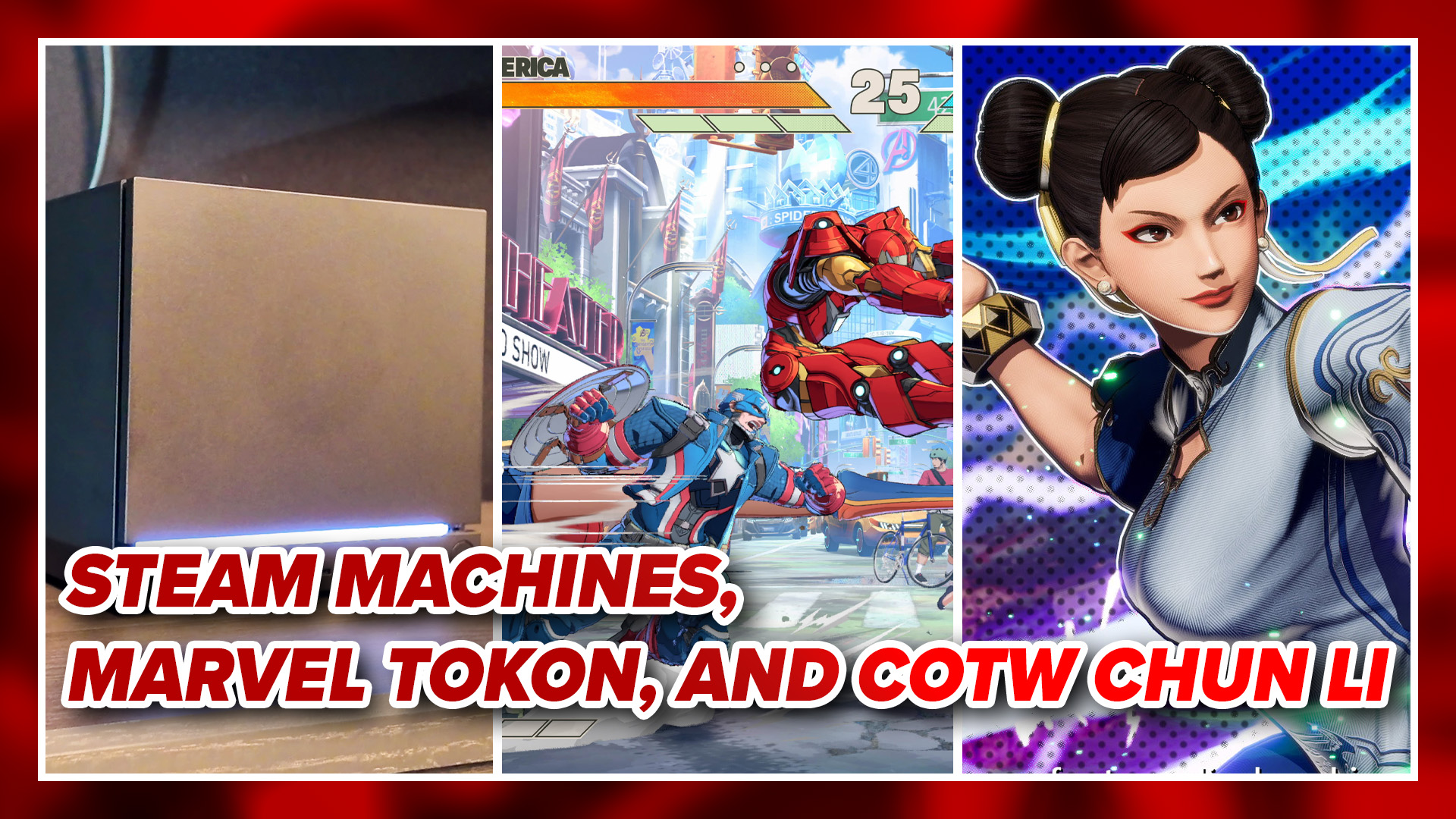Nintendo Power is done. Finished. Despite the fact that it’s approaching three hundred issues and its twenty-fifth year in publication, its time is up. I can’t say that I’m surprised, as I think the magazine has been in dire straits for some time, but that doesn’t mean I’m not saddened by the news. Having been raised on the NES, that magazine was always an outstretched hand to grab while drowning in the sea of difficult games that were out for the system. It was something like the Master from every martial arts movie, giving you the tools to win if you were willing to put in the work. Now the Master is dead, but no one is going to avenge him. All that remains is a little sadness and a lot of memories.
I don’t remember how old I was at the time, but I picked up my first issues of the magazine from a yard sale, grabbing a good portion of the first hundred issues for ten cents each. I was on my bike at the time, and about a half-hour away from my house. I’d brought my bookbag with me, but it barely held half of what I’d bought. The other half was stuffed into plastic bags that I slung over my handlebars, and I had to keep a constant eye on them on my way home. The guy was nice enough to sell me the magazines cheap, but not quite nice enough to double bag them. The weight created another fun problem, since the unbalanced loads kept yanking my handlebars back and forth between the ditch and oncoming traffic. Somehow I got them home.
I grew up reading the Jeff Rovin How to Win at Nintendo Games books before that, sifting through pictureless walls of text to find the tips I needed. I read those things cover to cover, taking in Arkanoid strategies and tips about Ghosts N’ Goblins as if I were studying for a law exam; committing facts to memory in case I ever needed them. Before that, there were the Consumer Guide Nintendo books I could order from my school’s book club or library. Those were filled with screenshots, but the advice was useless most of the time and none of the additional artwork had anything to do with the games themselves. It was all there was in the days before the internet, and I ate every bit of it up.
Those Nintendo Powers I brought home blew everything else away. Full two page spreads of maps from one end of a level to the other, telling you everything down to when to jump and attack. They broke down bosses, showing you what to do and where to stand. They showed you where the power-ups were hidden, where the traps lurked in the floors, and where the secret paths to later stages were. Often, the game would literally be laid bare before you, every bit of information and trivia set out for the taking. For a kid who hadn’t even beaten the dam in Teenage Mutant Ninja Turtles, it was like being handed an NES-wide epiphany.
Suddenly, I had the tools I needed to get through the games I loved. Instead of poring over lines of text while the game was paused, I could find reference points on a map, or head to sections that broke down the puzzles that had me stuck. I would go on to beat games like Super Mario Bros 3, Castlevania 3: Dracula’s Curse, Metroid, Startropics, and many others because of the stuff contained in the pages of Nintendo Power. It was the one edge I had against the difficult games I grew up with, and I couldn’t have beaten those games without it.
Call it shameless marketing and I’ll point out how certain beloved transforming robots played for twenty minutes every day just to sell you toys. Nintendo Power may just have existed so that Nintendo could sell more games, but they did it with class. Instead of splash pages filled with screen shots and canned quotes, I got actual tips on how to play games better. The articles were built to show players how to get the most fun out of their games, something that incidentally showed new people how amazing these games looked.
Even if the game was pure crap when you got it home, you could at least look forward to the magazine showing you ways to make some progress with it. I accidentally rented some real stinkers due to Nintendo Power articles, but it had the decency to show me how to get the most of my poor choices. I may have been stuck with Bill and Ted’s Excellent Video Game Adventure for a few days, but at least the magazine got me to the second level.
What you need to keep in mind was that there were no game reviews in this era. No one was around to tell me that Back to the Future was a vile, inhuman mess meant to separate gullible children from their allowances. It was a time when you often found yourself stuck with some bad game, and unless you could find some way to play it, you were screwed. Nintendo Power let you wring some enjoyment out of those terrible games. While it may have been created to market a lot of these bad games to begin with, it was still there after you’d bought them to help you beat them. They helped me have a little fun when I would have otherwise spent the weekend crying over a bad rental more than once.
Those pages have also steered me toward some of the most amazing games I’ve ever played. I remember complaining about RPGs with a buddy of mine on the bus; complaining that I wanted to “Play the game, not tell it what to do with a menu.” The Final Fantasy strategy guide threw that logic out the window, showing me an incredible fantasy experience that I needed to be a part of. I may have died against the imps in the fields around Corneria a few times before I found my feet, but I had still stumbled across a genre I would love for many years. Without that guide, I’d have never looked in on it.

I never would have considered playing Castlevania III: Dracula’s Curse, either. I’d had a rough go of it at a friend’s house, getting viciously pounded in the clock tower. I felt like I was done with the game. Flipping through page after page about the game and looking at the huge, beautiful poster of it made me want to see what else the game had to offer. It took me a year and a half to finish the game after that, but it is still one of my favorite games on the system. It’s also a game I wouldn’t have given a second glance if Nintendo Power hadn’t convinced me to give it another try.
I would still be wandering the halls of Zebes if I hadn’t found Nintendo Power. Metroid‘s seemingly infinite halls always lead to dead ends, leaving me lost and confused for ages before I found the issues containing the maps. With them always spread out at my feet, I was able to figure out where I was supposed to be going and actually enjoy the game. Before that it was an exercise in frustration, and one I was pretty much ready to give up on. I doubt I would have played it for very long without the magazine to help me.
I have many fond memories of playing games as a kid, but almost all of them include an issue of Nintendo Power at my feet, splayed open to whatever game I was currently playing. It was inextricably tied to any time I spent with the system through the SNES era and all the way up to the N64, but that was around when things started to change. Ads had started to sneak into the magazine’s pages, and more junk began to eat up pages that used to be dedicated to game maps. Even the game maps that were present couldn’t be shown like they used to be, since they weren’t linear any longer, and had to be represented with crude drawings. Gamefaqs.com sprang up and offered me better and more in-depth information on my games for free. Sure, we were back to the Jeff Rovin years of pure text, but at least the information was complete.

I walked away from the magazine long before the Gamecube era. With the changes in the gaming industry, the internet, and Nintendo Power itself, it just wasn’t something I felt I needed any more. Its place was gone, and it really had become the shameless ad machine it’s been accused of being. The people behind it might have worked hard to fight off that image by reviews, but everything that made the magazine so important and great had been whittled away. It was just like any other magazine out there on the shelf.
What modern gaming magazine would have its own artwork done up for the games it was covering? Would they even consider having a series of hand-crafted models built for the game they were covering, as Nintendo Power did for the Earthbound strategy guide. Do you often see a monthly comic snuck inside the pages with your gaming tips? How about sections on game-breaking secrets that you can’t find anywhere else? Do you ever see anything besides reviews and obvious hype interviews in any gaming magazines anymore?
Do you even see gaming magazines anymore?
Nintendo Power‘s death didn’t come as a surprise. Everything that’s made it special over the years has been stripped away, leaving it just like every other gaming magazine out there. That doesn’t change the fact that it had monumental importance for me as a growing gamer, and that it sits alongside all of my best gaming memories. It really was ahead of its time, and I feel like a lot of the changes it made to stay relevant only made it more generic. I don’t blame the people who made these decisions, as they were trying to keep up with the demands of modern game journalism, but I still wish things had turned out differently. I wish someone had looked at what had made Nintendo Power so special to us as kids and tried to hold onto that rather than follow what everyone else was doing. I don’t know if it would have shortened the magazines life even further, but I do feel that the magazine lost its personality and draw long before it was done.
It still holds an important place in my childhood, having taken me by the hand when I really needed help. I was pretty bad at games, and didn’t even play them all that much because of it. I desperately wanted to like them, which you could tell by my constant research on them. Nintendo Power helped me build the skills I needed to be able to play the games I wanted to love, and gave me this important and fun part of my life. I honestly doubt I would be a gamer these days without the magazine. Whatever it became, I still owe a lot to that ten cent magazine I picked up at a yard sale all those years ago.
Thank you to everyone who made that magazine great. You helped a struggling kid when he really needed it, and left me with a ton of great memories.
And now, a little sadness.
Nintendo Power 1988-2012

There used to be an embeded media player here, but it doesn't work anymore. We blame the Tumbeasts.
Images courtesy of ioffer.com, kidfenris.com, coldslitherpodcast.com, castlevaniadungeon.net, gamester81.com, fangamer.com








